Kenya vs Tanzania: Which is better for safari?
10/04/2024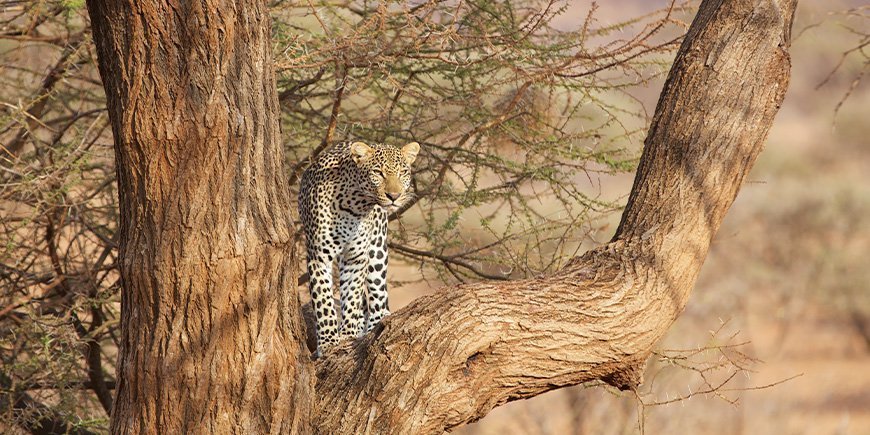
Deciding on a safari in Kenya versus Tanzania is essentially choosing between two outstanding adventures.
Both East African nations offer incredible wildlife experiences, stunning landscapes, and unique cultural encounters.
However, depending on your safari expectations, one may be more suitable than the other.
In this blog post, we explore the differences and similarities between a safari in Tanzania and a safari in Kenya to help you decide which destination is ideal for your next adventure.
A quick Overview: Tanzania vs. Kenya
| Tanzania | Kenya | |
| Parks | Serengeti, Ngorongoro Crater, Kilimanjaro, Tarangire, Nyerere |
Masai Mara, Amboseli, Tsavo, Samburu, Lake Nakuru |
| Game Viewing | Great Migration, The Big Five |
Great Migration, The Big Five, The Special Five |
| Other activities | Kilimanjaro climbs, visit a Maasai lodge, The beaches of Zanzibar |
Big city adventure, Cultural experiences, Diani Beach holidays |
| Best Time to Go | Great safari year-round. Visit between June and October for dry season, February to March for calving season | Great safari throughout the year. Visit between June and October for dry season and for Great Migration |
| Beach Holiday | Zanzibar’s pristine beaches, historic Stone Town | Diani Beach’s white sands and beautiful water |
Landscapes
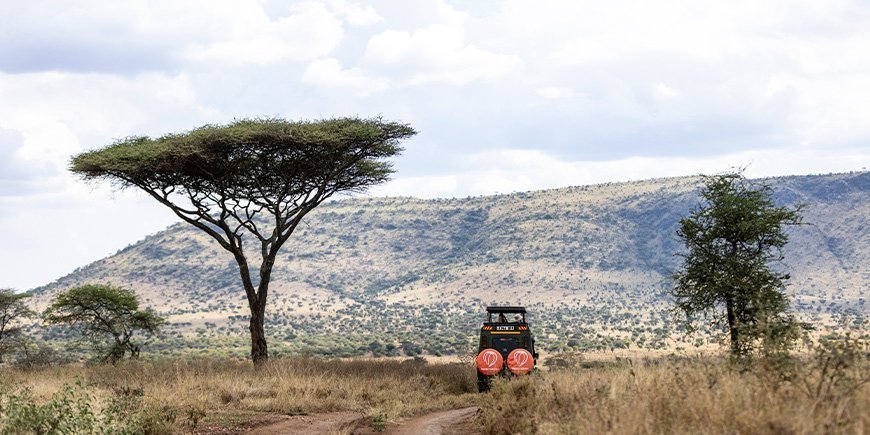
Tanzania and Kenya, neighboring countries in East Africa, both share the magnificent Serengeti-Mara ecosystem, allowing for an unparalleled diversity of flora and fauna.
Tanzania is celebrated for its vast wilderness areas. These include the iconic Serengeti National Park, known for its endless plains; the breathtaking Ngorongoro Conservation Area, unique for its nature; majestic Mount Kilimanjaro; the expansive Nyerere National Park (formerly Selous Game Reserve); and the picturesque Tarangire National Park. These landscapes provide a backdrop for some of the most spectacular wildlife sightings in the world.
Kenya boasts the Maasai Mara National Reserve that offers some of the most magnificent sunsets, the Amboseli National Park and its stunning views of Mount Kilimanjaro, the dry and rugged landscapes of Samburu and the vast wilderness of Tsavo, and the rhino paradise of Lake Nakuru – all offer unique safari experiences.
Conclusion: Both Tanzania and Kenya offer unique and breathtaking landscapes. Your choice might depend on specific interests, such as the desire to explore the endless plains of Serengeti or the dry and rugged Samburu.
Game Viewing
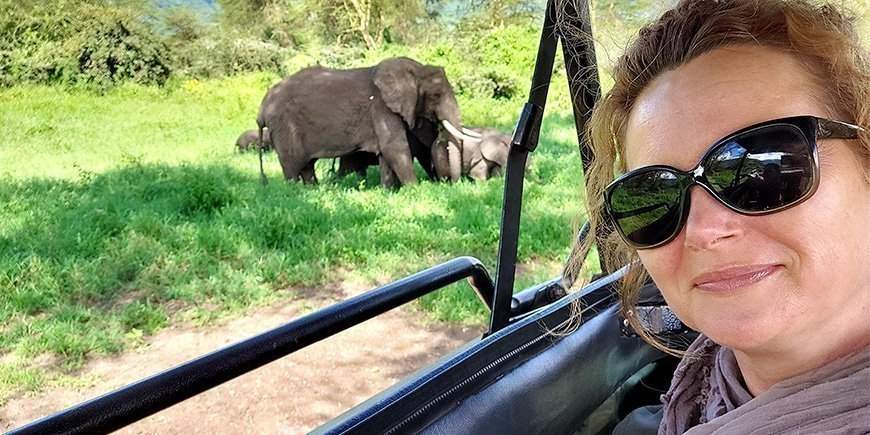
The seamless borders between Tanzania’s Serengeti and Kenya’s Maasai Mara allow animals to wander freely between the countries, offering unique viewing opportunities in both.
Great Migration
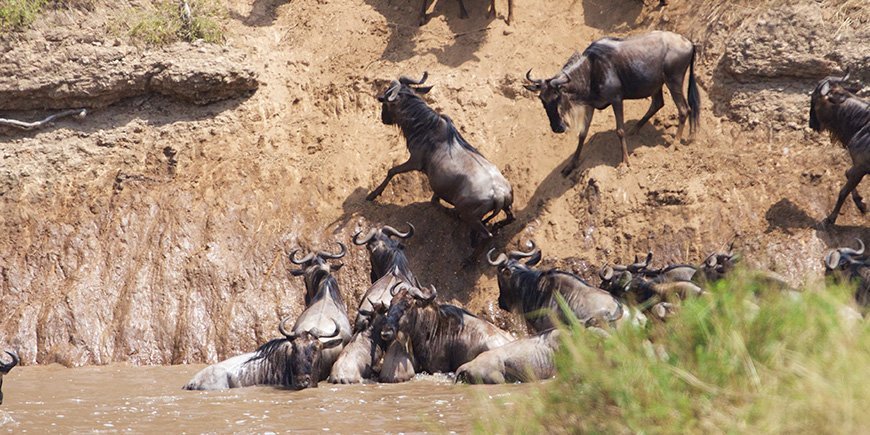
The Great Migration is a highlight in both countries but occurs in each country at separate times.
In Tanzania, the Serengeti primarily hosts the migration from November to July. This offers a chance to witness the calving season in February and March, and from the latter part of May till July, the migration is close to our camps in the mid and western part of the Serengeti. Kenya’s Masai Mara becomes the stage for dramatic river crossings by the Mara River between July and October.
The Big Five
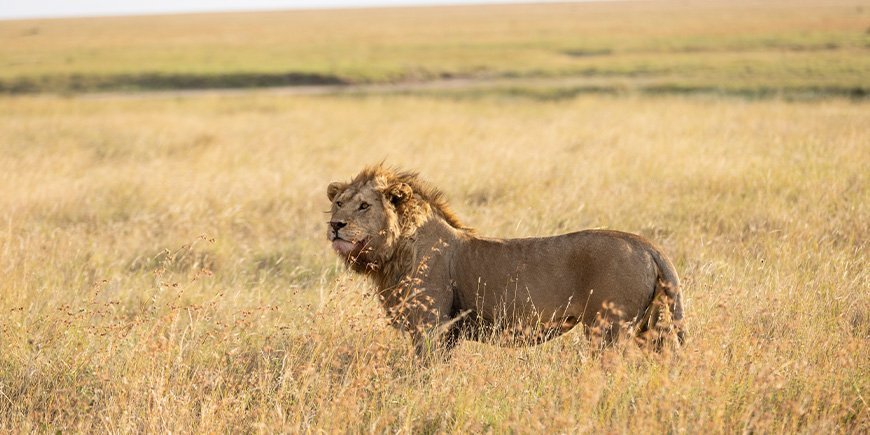
Both destinations are excellent for spotting the Big Five, and many parks in each country offer the possibility to get close to at least four of the Big Five, the rhino generally being the most difficult to find.
In Tanzania, you can – if you’re lucky – meet all the Big Five in the Ngorongoro Crater. In Kenya you’ll have the biggest chance of spotting all of them in the Masai Mara, although you’ll need some luck to meet the rhino.
In both countries, however, your best bet is to combine visits to several parks to increase your chance, for instance to Masai Mara AND Lake Nakuru, or Serengeti AND Ngorongoro.
Other Wildlife
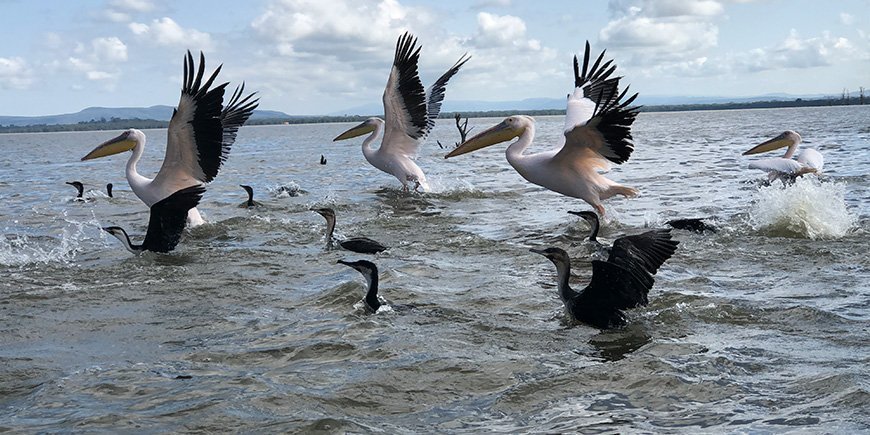
Tanzania offers wildlife in great numbers, particularly in the Serengeti, and in addition to the awe-inspiring Great Migration, you can look forward to an impressive number of bird species, giraffes, hippos, hyenas, and many, many more.
Kenya is renowned for the river crossings by the Mara River during the Great Migration, its diverse birdlife, and the chance to see rare species, such as the Special Five in the Samburu region and the black rhino in Lake Nakuru.
Conclusion: For game viewing, both Tanzania and Kenya are exceptional. The choice may come down to the specific wildlife experiences you are seeking, such as the Great Migration, witnessing the rhino or the Special Five.
Activities besides safari
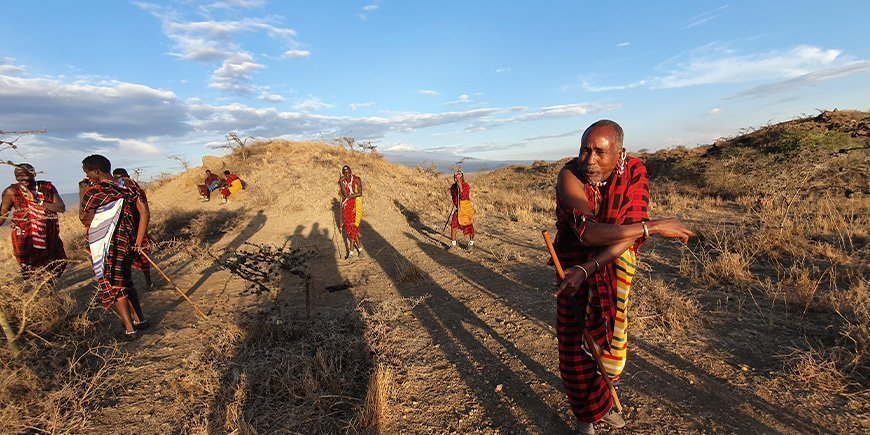
Tanzania offers the unique opportunity to climb Mount Kilimanjaro and explore the cultural richness of the Maasai villages. A visit to the Osiligilai Maasai Lodge offers an immersive cultural experience. Here guests get to live alongside the Maasai people and learn about their traditions and way of life, while still enjoying some “luxury” while visiting, such as hot showers, toilets, pool as well as excellent food.
Kenya provides cultural experiences with the Maasai and Samburu tribes, and a stay in Nairobi can include visits to the Karen Blixen Museum or dining at the world-famous Carnivore restaurant.
Conclusion: Your interests beyond wildlife viewing, such as cultural experiences or adventure activities, might influence your decision between Tanzania and Kenya.
Best time to go on safari?
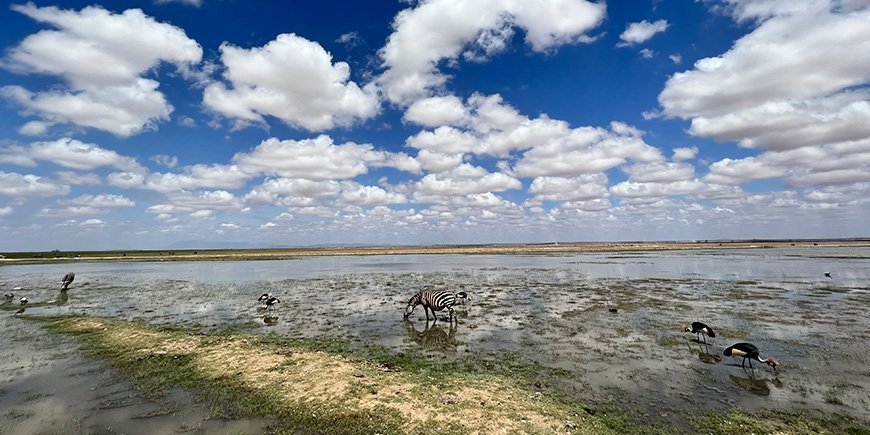
To us, there is never a bad time to embark on a safari. No matter when you go, you will bring home wonderful nature and wildlife experiences.
Many people consider the dry seasons of both Tanzania and Kenya the best time for a safari due to it having the “best” weather, i.e. least amount of rain, and easier wildlife spotting. When it is dry, animals tend to gather around water holes making them easier to spot. In both countries, the dry season is between June and October. In Kenya, the dry season also coincides with the possibility of watching the natural spectacle that is the Mara River Crossings as part of the Great Migration.
However, traveling out of season also has its advantages, such as fewer visitors and potentially more intimate wildlife encounters.
Conclusion: While many consider the dry season the best time for a safari in both Tanzania and Kenya, there are benefits to traveling outside these periods, including the chance for unique experiences and fewer crowds.
Beach Holiday: Zanzibar vs. Mombasa
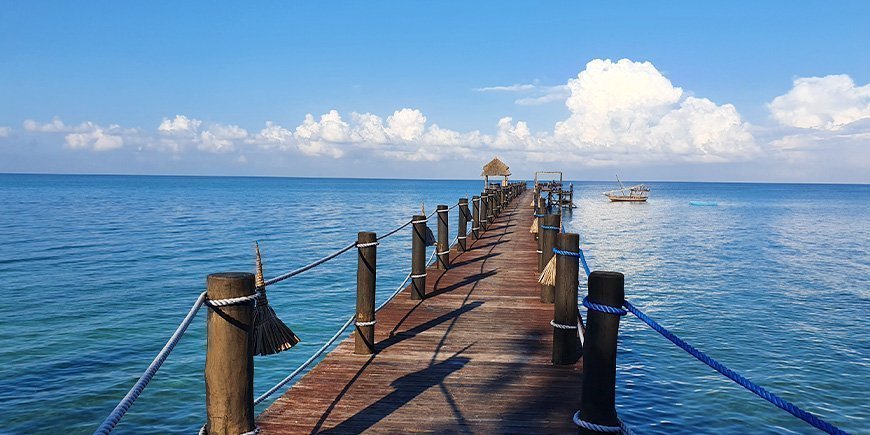
After a thrilling safari, a beach holiday is a perfect way to unwind.
Tanzania’s Zanzibar and Kenya’s Diani Beach near Mombasa offer beautiful beach experiences, but each has its unique charm.
In Zanzibar you will get the tropical island feel and can visit the historical part of Zanzibar, Stone Town. In Kenya’s Diani Beach, you can combine your beach holiday with the city vibe of Mombasa. For a detailed comparison, our blog post “Mombasa vs Zanzibar” dives into the specifics of each destination.
Conclusion: Whether you’re drawn to the historical and cultural experiences of Zanzibar or the vibrant beach life of Diani Beach, both destinations offer a perfect conclusion to an African safari adventure.
So which is better for safari? Tanzania or Kenya?
Whether you choose Tanzania or Kenya for your safari adventure, both countries promise unforgettable experiences.
Consider what aspects of your safari are most important to you—whether it is specific wildlife sightings, cultural experiences, or landscapes—and let that guide your decision. We are here to help you make the right decision – just give us a call.
But we promise you. No matter where you end up, you’re in for the adventure of a lifetime.
TourCompass – From tourist to traveller
